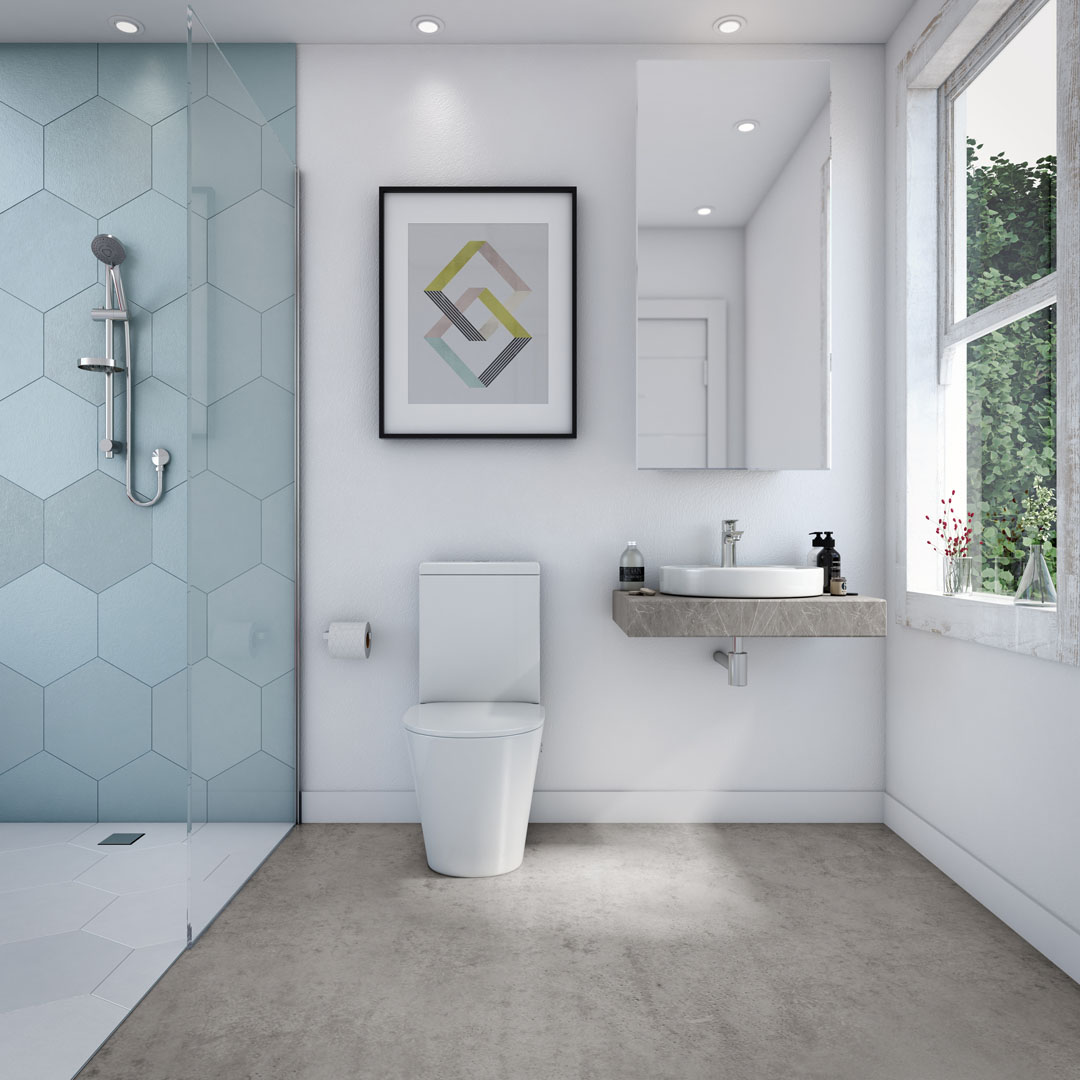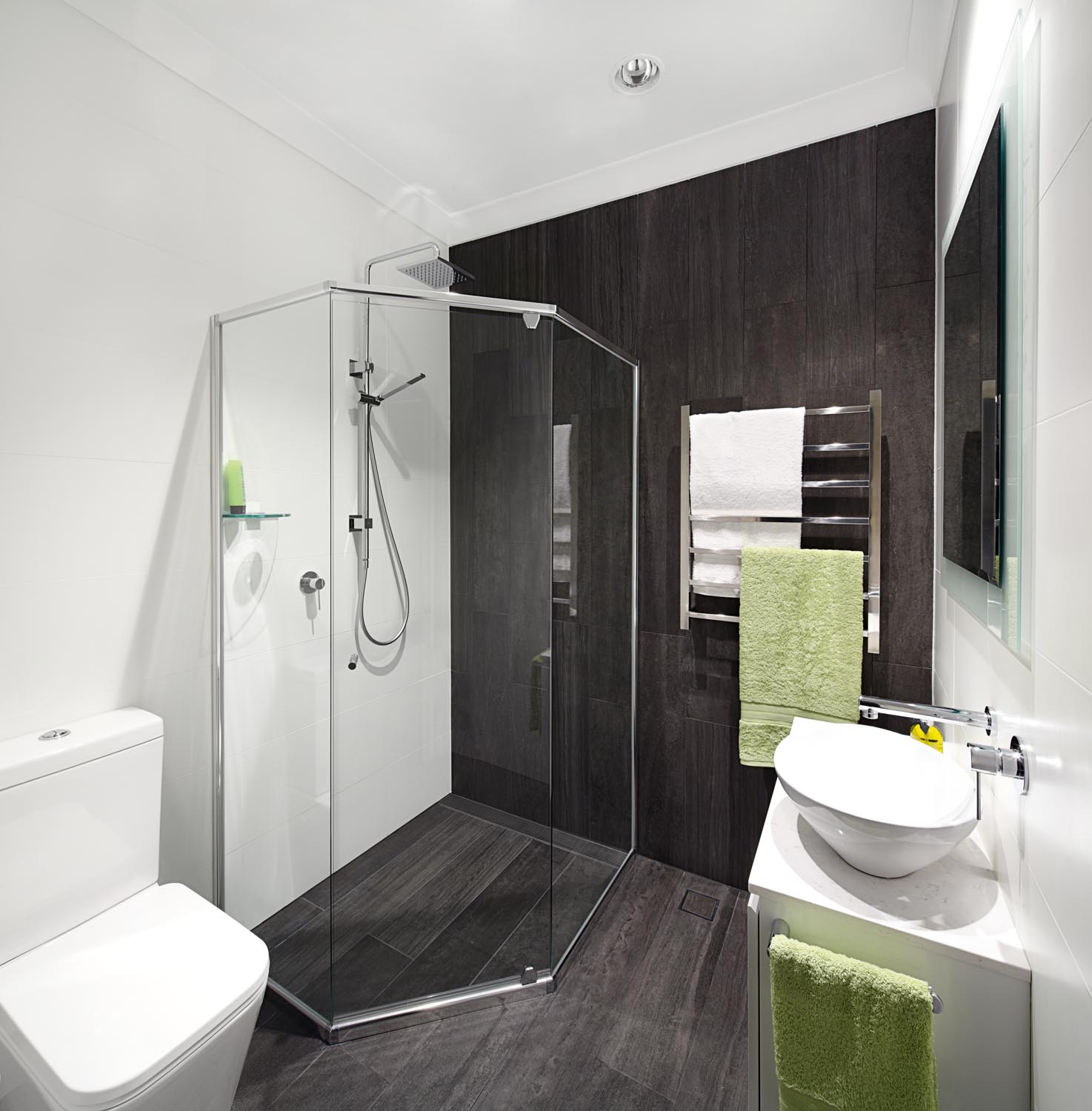To imbue your garden with the mystery of the East, consider an Asian or Oriental theme
Words: Natalie Raa
Creating a themed garden is an easy way to give your outdoor living space a fresh appeal and unique sense of culture. Whether you draw your inspiration from the shores of the Mediterranean, the villas of provincial Italy or France or a Thai palace, turning your garden into a themed space is a simple — and creative — process.
A popular theme for gardens is the Asian or Oriental-style garden. Designed to be retreats, Asian-inspired gardens are all about tranquillity and peaceful ambience, so it’s no wonder many of us are looking to replicate this style in our outdoor spaces. And you have myriad cultures and garden design traditions to draw on, ranging from those of Japan, perhaps the most popular with Australian homeowners, to those of China, Indonesia, Thailand, India and more.
Adding an Oriental touch to your garden can be as simple as introducing a quiet, reflective space with a simple stone bench in one corner or as elaborate as designing your garden based on the intrinsic principles of Japanese garden design. Either way, turning your outdoor space, or an outdoor room, into a themed space will add character and
charm to your outdoor living experience.
The popular Japanese style
Let’s use Japanese gardens as an example. There are certain principles that need to be adhered to in order to successfully capture the spirit of a Japanese-inspired garden. Simplicity, symbolism and peaceful ambience are the signature traits of an authentic Japanese garden, so it’s important to ensure these elements form part of your design.
The basic idea in creating a Japanese-style garden is to use natural elements, such as plants, feature rocks, stone, wood and water, in a simple way so the elements express their own essences. Most importantly, replicating nature is the ideal you should strive for when creating your Japanese-inspired outdoor retreat. When using nature as your model, it’s important to never create something nature itself cannot. For example, you would never find a square pond in the wild, so it’s best not to have one in your garden.
Another key point to remember is balance, or sumi. Japanese gardens are all about miniaturising nature; they represent large landscapes on a small scale. Rocks can represent whole mountains, pools can become lakes and a raked stretch of sand can stand for an entire ocean. By copying nature in a balanced composition, a sense of serenity and unspoiled beauty is created.
Defining and creating space
Japanese gardens are largely characterised by their “emptiness”, the very model of the less-is-more philosophy. Unlike Western gardens, which tend to have every portion of space occupied by something, Asian-inspired spaces are defined by their “emptiness”. This space, or ma, defines the elements around it and is also defined by the elements surrounding it. It’s important to bear this in mind when designing your garden.
Another concept inherent in Japanese gardens is enclosure. Asian-inspired gardens are designed to be retreats, so are ideal if you’re looking to turn your garden into a private sanctuary or hideaway. To give your garden a Japanese essence, it must first be closed off from the outside world. Once it is closed, you then need to create a method (and mindset) to enter and leave. So fences and gates are important elements in Japanese gardens. As with all things associated with this style of garden, gates and fences have a deep symbolic meaning as well as a specific function.
In Asian-inspired gardens we are encouraged to view the space as a separate world, a haven where we have no worries and no concerns. The inclusion of a gate and fence in your garden will ensure the space is sealed off from the outside world and is a “room” in the true sense. When designing your garden, a fence will act as insulation from the outside world, while a gate will symbolise the threshold.
The essential water element
Water is an essential element in Japanese gardens, so it’s important to include it in your garden. Consider a water feature in the form of a water garden, a pond with a shimmering waterfall, a bamboo water feature or stone bowls containing water. Not only does water look good but the sound of falling water is perfect for creating a peaceful ambience.
Water can also be represented in your garden in a concept the Japanese call kare-sansui. Rather than the real thing, the suggestion of water can be created by the use of pebbles or sand.
Rocks and stones are garden components that are mandatory in a Japanese-themed garden. They form the backbone of the space and, if the stones are placed properly, the rest of the area should lay itself out for you.
When setting stepping stones in your garden they should be between one and three inches above the soil, yet solid underfoot, as if rooted into the ground. They can be set in straight lines, offset for left foot, right foot, or set in groups of twos, threes, fours or fives (and any combination thereof).
The pathway is symbolic of the journey through life, so it’s recommended that one be included in your garden. There are different types of pathways and each has a different meaning. For example, a wide stone set across the path tells us to put two feet here, stopping to take in the view.
Plants that add structure
While plants tend to play a secondary although complementary role to hard landscaping elements in an Oriental-themed garden, they are still a primary concern in the design. Including a plant that hails from the country to which your garden pays homage is one of the easiest ways to introduce an authentic Oriental element. Despite originating in a climate very different from ours, many Asian plants and trees grow very well in Australia. There are various Japanese maples, conifers, camellias, juniper, lotus, water lilies and, of course, bamboo.
To give your garden a unique, Oriental look, you can’t go past the seasonal colour changes of Japanese maples, the lovely flowers and shiny green leaves of camellias and the dark green blades of mondo grass. Water lilies are also Japanese in origin and, along with the water they grow in, are often used to bring a serene feel to outdoor spaces.
In some Asian gardens, in particular Japanese gardens, colour is not emphasised, so flowers should be used sparingly to create a serene, evergreen backdrop. If you prefer more colour, however, opt for plants that blend well with the Asian theme, such as rhododendrons and hydrangeas. You can also incorporate chrysanthemums, a favourite flower in China. Or, if you prefer more greenery in your garden, use ferns, bonsai and bamboo plants.
When choosing furniture, there are many ways to bring an Oriental flavour to your garden. For seating, consider benches or chairs made of bamboo. A large square table, silk pillows and a hammock for lounging are also distinctly Oriental features.
The final decorative touches
Finally, accessories can reinforce the theme of your garden. A ricepaper lantern is the perfect accessory for the Oriental style when entertaining, and displaying it next to a water feature will represent the female and male elements of water and fire — yin and yang. A more permanent form of decoration is the stone lantern. They can be used in pairs or placed strategically around the garden to lead the way or add a decorative accent. If you can’t afford carved stone, you can find cast concrete alternatives. Another option is the bamboo lantern, which can be placed on an outdoor table or hung from the eaves or a deck or from tree branches.
Other traditional ornaments include stupas, hand-carved stone water basins, water features with bamboo spouts, Buddha statues (seated, standing or reclining), wall plaques with Japanese or Chinese lettering, statues of various kinds (from Shiva to Chinese warriors) and decorative pots and planters.
Creating a themed garden is an easy way to personalise your outdoor living space and make it part of your lifestyle. And with an Asian or Oriental theme, you can turn a garden – or deck, balcony or pergola – into a place of quiet contemplation, relaxed entertaining or simply something very beautiful to look at. After all, who wouldn’t want an exotic sanctuary in their own backyard, a place into which you can escape the hurly burly of modern life and regain a sense of connection with nature?
Turning Japanese
• Including those plants that are favourites in Japanese gardens is one of the easiest ways l to create a Japanese look. Consider Japanese maples, Japanese black pine, camellias, azaleas, cherry blossoms, rhododendrons and lilies.
• Water is an important element in a Japanese-style garden. Opt for a bamboo water feature l or stone bowls containing water, or create a representation of water through the use of pebbles or sand fashioned to look like a river or the sea.
• Use beautifully shaped rocks as focal points and to represent mountains in your garden l design. Also to form islands in a gravel sea or river.
• Accessorise your garden with water basins, timber bridges, stone lanterns, hanging paper l lanterns and statues. And don’t forget stone or timber viewing benches.



